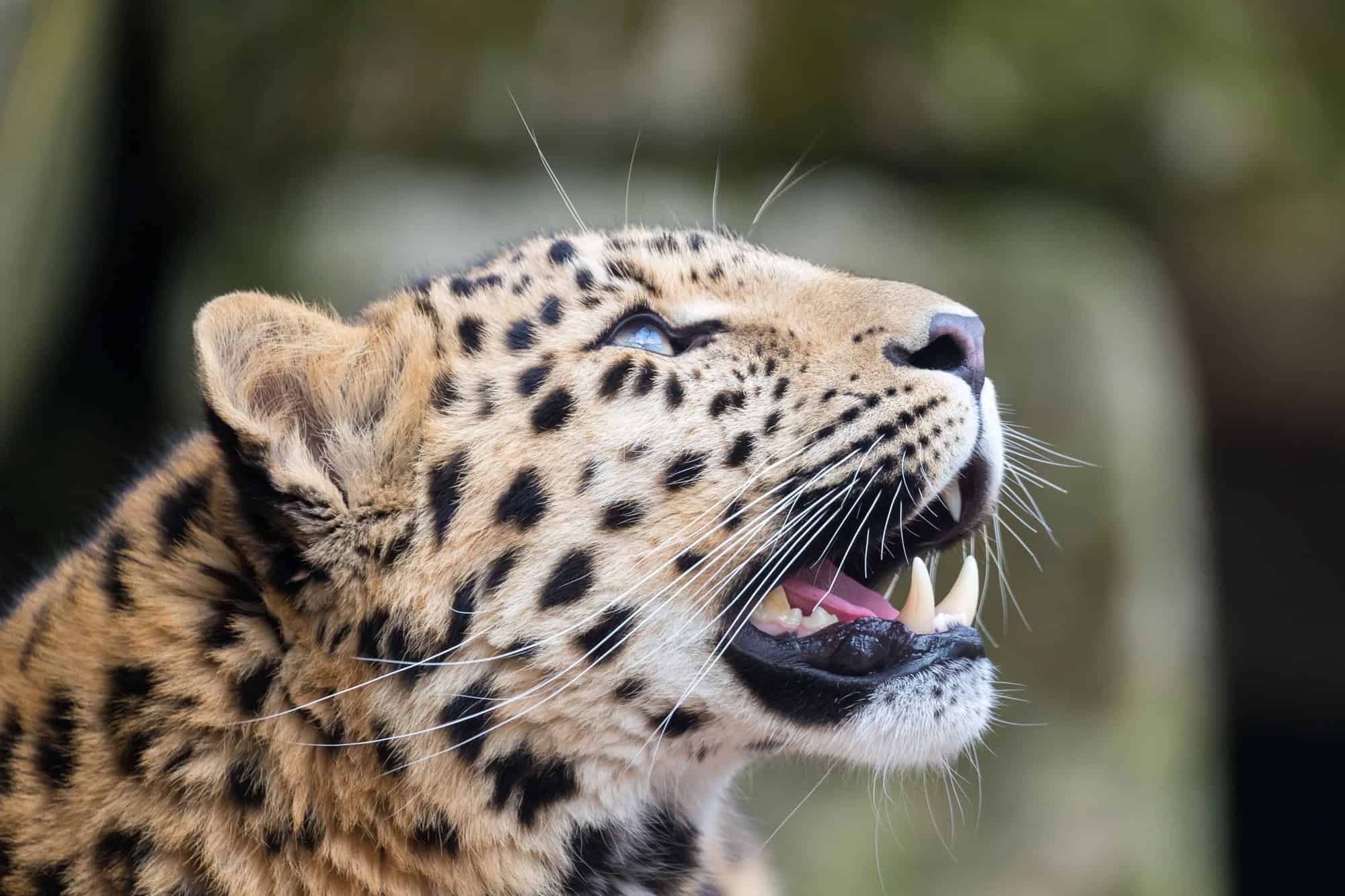The zebra is perhaps one of the most iconic animals when it comes to stunning natural patterns. These African equids are best known for their black and white stripes, which have fascinated scientists and wildlife enthusiasts for generations. The pattern is unique to each zebra, much like fingerprints in humans, offering not only a tool for camouflage in the wild but also a unique identifier.
The stripes serve several purposes. They help zebras confuse predators by creating a motion dazzle effect, which makes it harder for a predator, such as a lion, to single out and target an individual when the herd is moving together. Additionally, these stripes are believed to help regulate body temperature and may even reduce the number of biting flies that land on the animal. While much about zebra stripes remains enigmatic, they continue to be a stunning and effective natural pattern.
Peacock: A Display of Vibrant Majesty

The peacock, with its iridescent tail feathers, offers one of nature’s most brilliant displays. The male’s plumage, known as a “train,” is composed of elongated upper-tail covert feathers that are vibrantly colored and patterned with eye-like spots known as ocelli. These eye spots can vary in color, often featuring an array of blues, greens, and golds.
This dazzling display is primarily used for courtship rituals. The peacock’s train attracts peahens during mating season. The sight is not only visually stunning but also indicates the male’s health and genetic quality. This display of vibrant majesty highlights the role of aesthetics in natural selection and the importance of patterns in the animal kingdom.
Clownfish The Icon of the Reef

Clownfish are small, tropical fish known for their orange and white bands, which create a striking contrast. These fish dwell in the warm waters of coral reefs in the Indian and Pacific Oceans and are famously known for their symbiotic relationship with sea anemones. The bold pattern plays a key role in their survival strategy, helping them blend with the colorful surroundings of the reef while also warning predators of their symbiotic abode’s stinging tentacles.
In addition to providing camouflage, the bright pattern allows clownfish to recognize each other and maintain group cohesion. These colors and patterns are an iconic representation of the reefs, highlighting the balance of form and function in nature’s designs.
Butterfly Wings of Kaleidoscopic Beauty

The world of butterflies is one of enchanting diversity and kaleidoscopic beauty. With over 20,000 species, butterflies exhibit a vast array of colors and patterns on their delicate wings. These patterns are not just for show; they serve multiple purposes, including predator deterrence, mate attraction, and temperature regulation.
Mimicry is a significant function of butterfly patterning. Some species imitate the appearance of other toxic or unpalatable insects to avoid being eaten. Butterfly wings are covered in tiny scales that reflect light, creating vivid, iridescent colors and intricate designs. Such adaptability showcases evolution at its most visually arresting, transforming these insects into flying works of art.
Leopard Master of Stealth

The leopard’s spotted coat is another masterpiece of nature’s ingenuity. These big cats have tawny coats covered with black rosettes, which offer perfect camouflage in their native habitats of grasslands and forests. The leopard’s pattern breaks up the outline of its body in the dappled light of trees and bushes, making it a master of stealth.
This incredible adaptation allows leopards to become almost invisible to both prey and potential threats. Their patterns also distinguish them from other big cats, and each unique arrangement of spots serves as an identity marker. Such camouflage demonstrates evolution’s power in crafting creatures capable of astounding feats of survival.
Mandarin Fish An Underwater Jewel

The mandarin fish, native to the Pacific’s coral reefs, boasts one of the ocean’s most stunning and intricate patterns. Known for its psychedelic blue, orange, and green scales, the mandarin fish is truly an underwater jewel. The swirls and lines on their bodies create a striking pattern that not only attracts mates but also acts as a warning to potential predators of their toxic nature.
The fish’s vibrant colors are a result of both the cellular pigments and the crystalline structures within their skin that reflect light. This brilliant combination of colors and patterns makes the mandarin fish a breathtaking example of marine biodiversity. The animal’s beauty is a testament to the wonders of natural evolution, as each pattern tells a story of adaptation and survival.
Conclusion

In conclusion, these animals represent some of the most stunning patterns found in nature. Their unique designs not only captivate our imaginations but also play crucial roles in each species’ survival and communication. These patterns remind us of the complexity and beauty of the natural world, urging us to appreciate and protect the biodiversity that surrounds us.
- 8 Times Animals Helped Solve Crimes in the Most Unexpected Ways - August 20, 2025
- 10 Stunning Animals You Can See in the Great Barrier Reef - August 20, 2025
- 14 Loudest Birds in the U.S. - August 20, 2025

